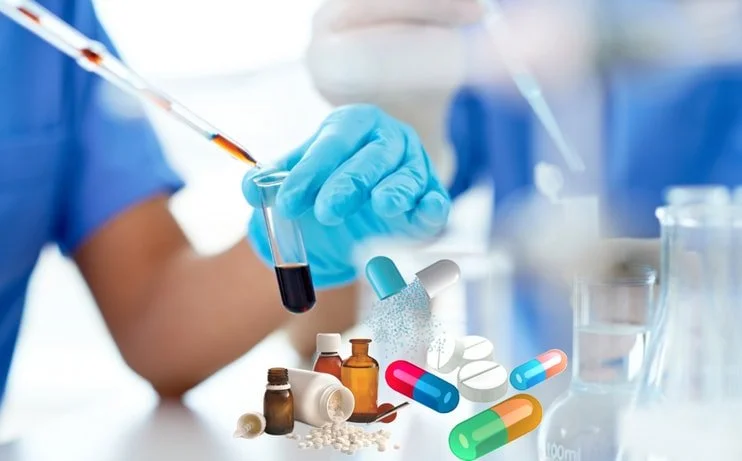What are the methods of toxicity testing? This is a fundamental question that has to be answered before we move on with the various testing methods. This is a test conducted to determine the health hazards and damage resulting from multiple chemicals/inhaled substances/ poisons. In other words, this is a method of measuring the concentration of toxic elements or contaminants in a particular substance. These tests have been commonly used in various industrial sectors, and many poisonous materials and wastes are generated here.
The most common toxic substances are lead, arsenic, mercury, chromium, hydrocyanic acid, lindane, alachlor, benzene, trichloroacetic acid, Promazine, cresol, trichloroacetic acid, and methylene chloride. These chemicals are usually generated by burning fossil fuels, fertilizers, textile production, rubber and oil processing industries, pulp and paper milling, printing and copying, and fuel production. Thus, there is an urgent need to evaluate and test toxic substances to control environmental pollution. This is a critical process, which is necessary for humanity for future generations.
There are different types of methods for toxic and environmental testing, and all of them are used to measure and control the health hazards arising from them. A few of them are the closed system clinical test, the fast systempellant testing, and the open system clinical test. For the secure system clinical test, a sample is injected under laboratory conditions into a particular type of cell culture to measure and control the exposure of human beings to hazardous drugs. The test results indicate if any medication is present in the culture, and its toxic effects on the cells are also evaluated.
These days, new drugs are produced in various dangerous forms, and the main aim of manufacturing is to develop these drugs. However, the results of all the tests run on the drug samples show hazardous effects, even if the manufacturer does not add any dangerous chemical to the medicine. These toxic drugs can even prove to be fatal for humans. Hence, it is essential to conduct all the tests using the most advanced tools and techniques before using any drug, especially toxic drugs.
These methods include spectro-photometry, solid-phase micro-dissection, gas detection, pH and gas sampling, and many analysis tools. These various types of testing are widely applied in all the areas for toxic and environmental testing to maintain the living conditions and quality of the people living there. The analysis methods are based upon the principle that the concentration of any compound at a particular level is harmful to its inhabitants, whether human or animal. Thus, it can be said that all toxic chemicals present in the environment must be tested for their effects on living things.

